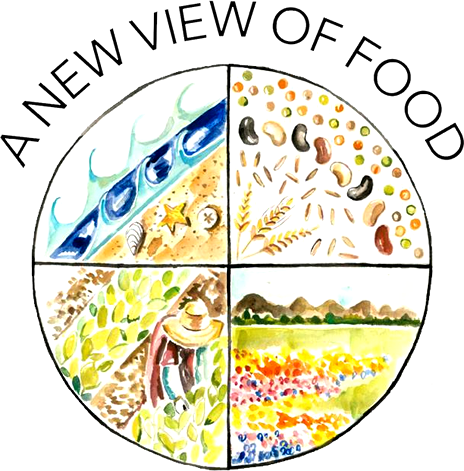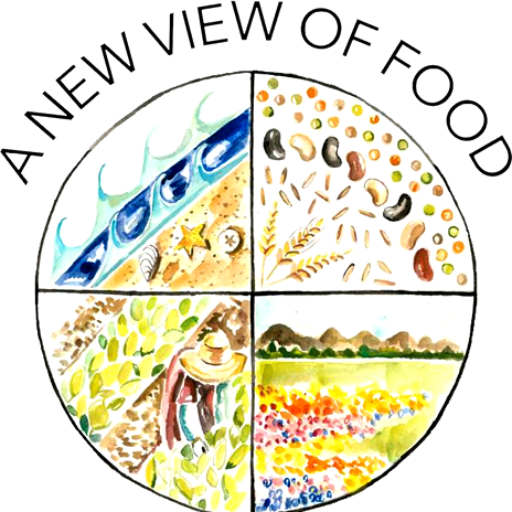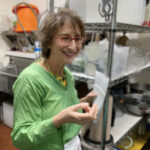Let’s start with a brief review of what we all should have learned in high school biology class, and what I was taught even in medical school, about genetics.
We were taught Mendelian Genetics, where genes for each of our traits are encoded on strands of our DNA—that beautifully coiled double helix—that we inherit, one strand from each parent. Every cell in our body has the same DNA, the same 22 pairs of chromosomes with 2 sex chromosomes. A perfect example of simple Mendelian Genetics is blood type: If you inherit the gene for Type A blood from one parent and the gene for Type B from the other parent, you will have Type AB blood.
However, most of what makes us look and behave and develop as we do is not just due to Mendelian genetics. If you were to imagine the DNA that is in every nucleated cell in our bodies, you would see that although every cell has the same complete set of chromosomes (that contain all of our genetic material), our cells all behave quite uniquely. For example, stomach lining cells make hydrochloric acid needed for digestion, while cells that line our cervix make mucus to assist the sperm in reaching an egg. Cells under our tongues make saliva, also important for the digestion of sugars, our main fuel. Can you even imagine if all of this didn’t run smoothly? What if the gene that made hydrochloric acid was somehow turned on in our mouth or in the cervix?! So, while all the DNA that codes for every process in our body is in every cell, what actually gets expressed is very carefully regulated. The cells do what they are meant to do by selective expression of some genes and the suppression of others. Our DNA is kept tightly coiled around proteins called Histones. You can think of Histones like a spool and the DNA is wrapped around these spools. When the DNA is wrapped up, it cannot be transcribed or expressed; the Histones play an important role in gene expression.
This brings me to the recent discovery of epigenetics, which means “on top of” the genome. This is a very new discovery from late 20th and early 21st centuries. And it refers to the understanding that factors other than our genes or DNA base pairs, that make up our chromosomes, can and do affect our phenotype (how we look, live, feel and behave). This doesn’t mean that smoking will change your blood type, however; Or your child’s blood type. Some traits cannot be altered. However, there are many 1000’s of genes that are significantly affected by environmental and lifestyle factors, especially pollution, chronic stress, smoking, exercise and especially, diet.
Epigenetics works partly by attaching small chemical side chains, for example, a methyl group (in a process called methylation) or an acetyl group, to the DNA, to affect gene transcription. Perhaps unwinding a gene from the histone, a little, so that it can be transcribed and therefore expressed, or wrapping it up more, so that it can’t be transcribed, and it is suppressed.
Here is a perfect example of epigenetics as it relates to cancer progression. Dr. Dean Ornish took 93 men with early stage prostate cancer, and divided them into two groups. One group ate a low fat (11%) whole-food plant-based diet, had a support group for stress reduction, yoga or meditation and moderate exercise (30 minutes of walking, 6 days/week). The other group had no diet or lifestyle intervention. After 12 months, all of the men in the intervention group had a decrease in their PSA marker for prostate cancer, and none required any treatment for their cancer. In the control group, there was a statistically significant rise in the PSA’s, and 6 men actually required medical intervention for progression of their disease.
What’s remarkable is that, on a DNA level, he was able to show that over 500 genes were actually altered by this diet and lifestyle intervention. 453 genes that promoted disease, including cancer (like the RAS oncogene), were downregulated; and 48 genes that suppressed cancer and disease, were upregulated.
Dr. Ornish was also able to show that with diet and lifestyle changes our telomeres, which keep our chromosomes from unraveling (much like the plastic tips on our shoelaces), can actually lengthen over time. This is quite remarkable, because telomeres shorten with age and chronic disease. The gene that codes for an enzyme called telomerase, which repairs the DNA, is significantly upregulated with a healthy low fat (the men in this trial were eating 10% of calories from fat) whole-food plant-based diet and other lifestyle changes. And the more the subjects adhered to the healthy habits, the greater the increase in telomerase activity.
These epigenetic changes to your DNA can be transferred to your offspring, if they occur before you reproduce. This epigenetic phenomenon has been studied in populations that have undergone tremendous social stress. For example, there was an ice storm in Quebec in 1998. Families lost power, it was extremely cold (minus 20 degrees) and there was a huge amount of social stress. Researchers followed the offspring of women who were pregnant during that time for 15 years, and found that the more stress the women experienced, the more autism, more metabolic disease and more autoimmune disease there was among their children. On a molecular level, the amount of methylation in the offspring’s T-Cells (part of their immune system), was entirely different depending on the amount of stress that their mothers experienced while pregnant with them during this natural disaster.
What should we do? Always remember that your inherited DNA is not your destiny. It can be entirely altered by diet and lifestyle and chemical exposures. You have control over some of this, and you should use it (especially when you are young and still desire to reproduce). I agree with what Dr. Ornish prescribes: Eat well, move more, stress less and love more.







